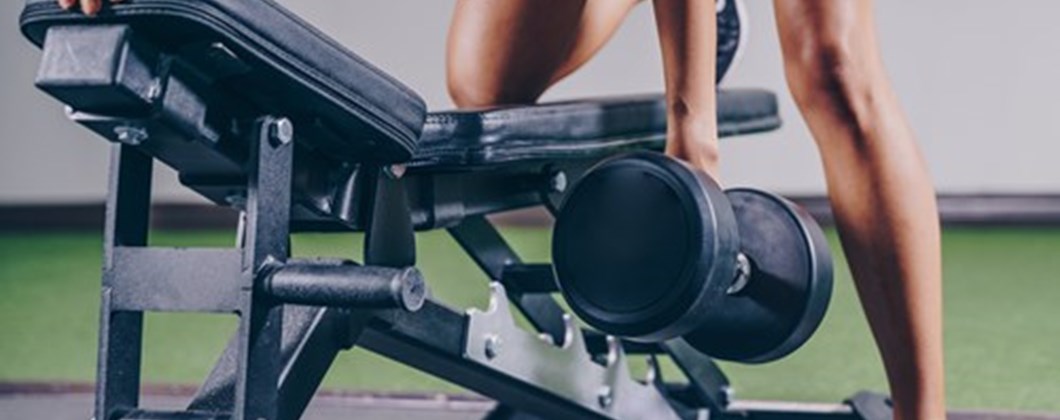Guidance for Sport and Gym Facilities During COVID-19

It is the responsibility of any organisation or business reopening during the coronavirus pandemic to take certain precautions and implement safety measures in order to maximise the safety of employees, customers and other parties. This includes organisations operating sport and gym, or leisure facilities.
These environments may require particularly stringent restrictions and policies. Management should conduct thorough risk assessments of both the premises and permissible activities in order to adhere to social distancing guidelines and reduce the chance of spreading germs.
Limiting Contact
There are many ways that facility management should attempt to minimise the danger of COVID-19 for those on the premises.
A reduced maximum capacity may be required in order to allow for social distancing measures to be satisfied. Organisations should adhere to government recommendations and requirements, and should consider the nature of certain activities, such as how much movement is required. Certain activities or classes that are not able to be adjusted for social distancing or other safety requirements may need to be suspended.
Precautionary measures should be in place to limit the amount of contact that guests and employees have with each other.
The use of changing areas and showering facilities can be reduced by encouraging members to arrive already wearing their athletic gear. Similarly, members should be advised to travel back home in order to shower or change out of their exercise attire.
Facilities should also utilise visual indicators, such as signage and floor markings in order to help control social distancing and traffic flow throughout the premises. Entrances, exits and other high-traffic areas should be regulated and monitored in order to prevent people clustering close to one another. Introducing more one-way traffic routes through a facility can help alleviate the risk of spreading germs and reduce potential congestion. If a premises has more than one door, consider designating one to be used only by people entering the facility and another to be used for exiting.
For facilities that may have previously had a spectator element, it is generally advised that spectators and non-participants not be allowed on the premises. In the event that spectators are in attendance, the following precautions should be considered:
- Control the number of spectators through pre-booking, ticketing or other controls at entrances.
- Ensure that spectators follow social distancing guidelines.
- Clearly mark the areas in which spectators are allowed.
- In cases in which a child is participating in an activity at the facility, permit only one parent or caregiver per child to attend and spectate.
It is important for organisations to keep staff and visitors informed about any safety measures and to provide regular reminders in order to maximise compliance.
Ventilation
Providing ample ventilation and airflow in a facility is a key step to reducing risk. Management should especially prioritise areas in which high-intensity exercise activity takes place by implementing these measures:
- Limit the maximum occupancy of indoor facilities to a minimum of 100sqft per person.
- Ensure that ventilation systems provide 100 per cent fresh air and do not recirculate air between areas.
Other safety considerations pertaining to ventilation include:
- Increasing the existing ventilation rate by fully opening dampers and running fans on full speed
- Operating the ventilation system 24 hours a day
- Increasing the frequency of filter changes
- Using a carbon dioxide sensor in the absence of known ventilation rates in order to serve as an indicator of when it is necessary to switch on additional mechanical ventilation or open more windows
Cleaning
All organisations have had to further emphasise and prioritise cleaning on their premises amidst the pandemic. For sport and gym facilities, this means conducting a thorough cleaning of the entire area prior to reopening, and continuing to maintain thorough cleanliness regularly.
Workout areas and equipment, such as mats and weights, should be cleaned or disinfected after each use. Provide spray, cloths and instructions for users to follow these precautions. If equipment cannot be cleaned between each user, it should not be available for use.
Visitors and staff should be constantly reminded to adhere to good hygiene practices, such as proper handwashing. Management should post signs reminding guests about these practices and provide verbal reminders as well for those who may have impaired vision. Hand sanitiser should be provided in multiple locations throughout the facility.
Caution Is Key
As the UK continues its recovery process, it is important that all organisations and facilities being allowed to reopen be aware of the threat posed by a potential second wave of COVID-19 cases. In places like sport and gym, or leisure facilities, the risk of transmission of COVID-19 is a threat that must be taken seriously.
The NHS is continuing to attempt to trace cases of COVID-19. As such, facilities should keep a temporary record with the names and contact information of customers and visitors for the previous 21 days. In the event of someone who has been on the premises testing positive for COVID-19, it will be important to be able to provide the data to the NHS and contact others who may have been infected in order to contain a potentially widespread outbreak.
For more information on how to keep facilities safe during the coronavirus pandemic, contact us today.
